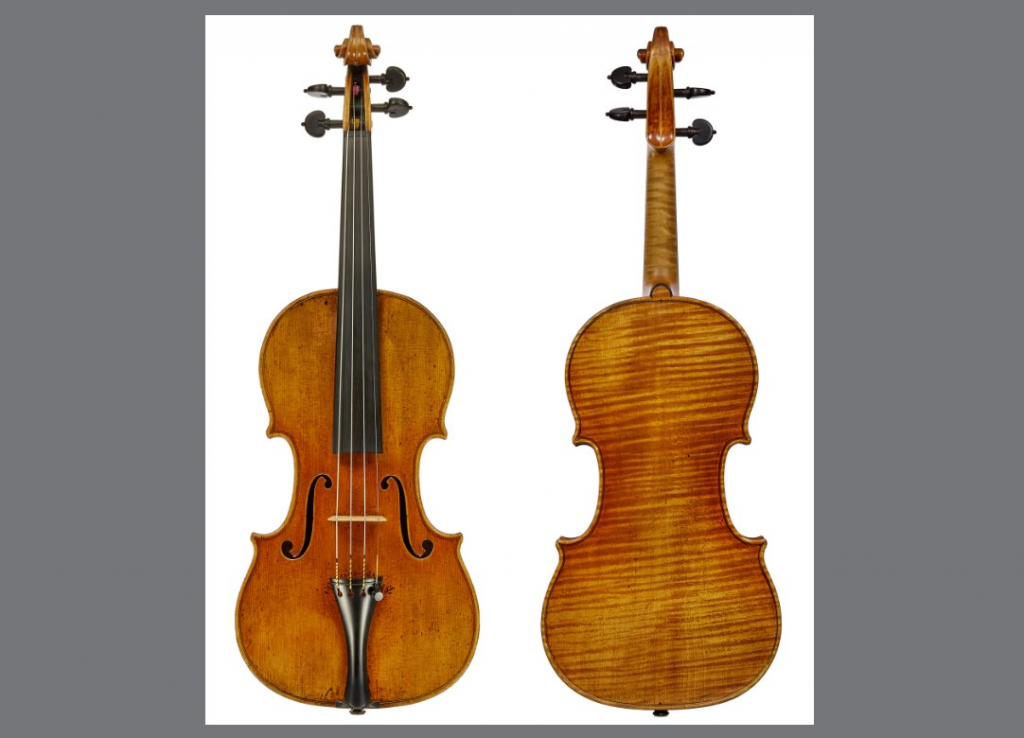The Violin’s Provenance
The violin in question, a Stradivarius crafted in 1708, once belonged to Russian Empress Catherine II, also known as Catherine the Great. According to Tarisio, a musical instrument auction house, the violin’s provenance has been meticulously documented, tracing its history over 300 years. The instrument was initially procured by the Russian ambassador to Venice for Empress Elisabeth Petrovna, who reigned from 1741 to 1762. Upon her death, the violin was passed to her successor, Catherine the Great. Animoca Brands co-founder Yat Siu acquired this historical violin in 2023 for over $9 million at an auction.

Tokenization and Loan Details
Michael Novogratz’s Galaxy Digital and Yat Siu have taken a novel approach by tokenizing the Stradivarius violin to use it as collateral for a multimillion-dollar loan. On June 4, Galaxy Digital reportedly lent an undisclosed amount to Siu, who used the 316-year-old violin as collateral. The violin was turned into a nonfungible token (NFT), with Galaxy Digital holding both the NFT and the physical violin until the loan is settled. The specific loan amount was not disclosed, but both parties indicated it was “in the millions.” The physical violin will be held by a Hong Kong-based custodian until both Galaxy and Siu agree to its removal.
Tokenizing Physical Assets in Lending
Thomas Cowan, Galaxy’s vice president of tokenization, highlighted that the tokenization of physical assets like this Stradivarius violin represents a significant shift in crypto lending. Typically, the collateral tied to crypto assets is very high due to the volatility of digital assets. However, tokenizing physical assets allows Galaxy Digital to lend more to their clients, even against volatile assets like Bitcoin. Cowan envisions that in the future, this practice could extend beyond unique items like violins to include real estate and other high-end assets.
Future Plans and Market Impact
A Galaxy spokesperson explained that the tokenization of the violin is just the beginning. They plan to tokenize a wide assortment of assets, initially focusing on high-end items such as works of art and real estate, but eventually extending to everyday assets like cars. This approach is expected to unlock the value of these assets while preserving their ownership and intellectual property.
NFT Market Context
Despite innovative uses of NFTs in asset tokenization, the digital collectibles market experienced a significant decline in May. According to data from CryptoSlam, NFT sales volume dropped by 54% from April to May. In April 2024, the sales volume for NFTs was over $1 billion, while it only reached $624 million in May. Leading NFT blockchains like Bitcoin, Ethereum, and Solana all saw substantial decreases in sales.
Conclusion
The collaboration between Galaxy Digital and Yat Siu to tokenize a historic Stradivarius violin illustrates the evolving landscape of asset tokenization and its potential to transform crypto lending. As Galaxy Digital and other firms continue to explore and expand the tokenization of physical assets, this practice could revolutionize the market, providing new opportunities for leveraging tangible items in the digital economy.



